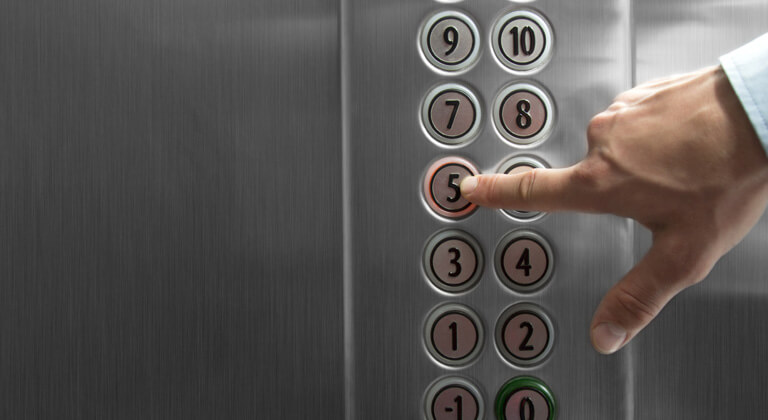If you’re a property owner or manager, you know your building has to have a quality elevator monitoring system. As convenient as elevators are, they can present dangers. If the elevator malfunctions or if there is a medical emergency inside the elevator, you want the passengers to be able to call for help as quickly as possible.
Unfortunately, the old elevator monitoring systems just aren’t cutting it. Don’t worry, there’s a solution. Two-way elevator video monitoring is revolutionizing the safety of elevators. With this system in place, you can rest assured that your elevators and their passengers are in good hands.
The Evolution of Elevator Monitoring
Traditional elevator monitoring systems were very bare-bones in terms of service. If a passenger pressed the emergency button, it would place a call to a monitoring station. If there was no response from the passenger afterward, the monitor would hang up and assume it was a mistake. What if it wasn’t? What if the passenger couldn’t speak but needed help?
The American Society of Mechanical Engineers’ (ASME) safety code for elevators initiated new policies to account for situations like this. The 22nd edition of ASME’s code requires emergency communication systems to be available to hearing-impaired passengers. Most elevators in the United States don’t meet this building security requirement.
Now, new elevators must feature two-way communication and elevator video monitoring to improve convenience and assist hearing-impaired, nonverbal, or unconscious passengers in an elevator emergency.
Advantages of Elevator Video Monitoring
Installing a new monitoring system in your building’s elevators may seem like a hassle, but the advantages include more than just mandatory compliance with regulations. The benefits of installing two-way video monitoring are well worth the effort.
Accessibility
Traditional elevator monitoring is not accessible to every passenger. Passengers who are hard of hearing, nonverbal, or have another disability cannot easily communicate using an audio-only system. With two-way video elevator surveillance, emergency services have become more accessible.
Code Compliance
With video security systems, you are complying with ASME’s new requirements. These requirements align with the Americans with Disabilities Act (ADA), which makes public spaces more accessible, among other things.
Timely Response
Time is of the essence in any emergency. Without the confusion that occurs with audio-only systems, you can reach passengers in need faster. Two-way video real-time monitoring systems streamline the emergency response process to prevent accidents, injuries, and tragedies.
Transforming the Elevator Monitoring Industry
Manufacturers like Rath and MAD Elevator are transforming the elevator monitoring industry. With Rath’s SmartView 2 and MAD Elevator’s Mosaic One systems, responders have immediate access to real-time video of the elevator as soon as a passenger is unresponsive after pressing the emergency button. If they confirm the passenger requires assistance, they quickly dispatch emergency services.
ELEVATE Your Elevator Monitoring Systems Today
Elevator safety is a vital part of every building’s operation. It can be difficult to stay up to date with evolving technology and safety standards, but ELEVATE Monitoring can help. Our operators are available 24/7, and each of our elevator video monitoring systems is ASME- and ADA-compliant. For more information, call 877-990-9191 today.



